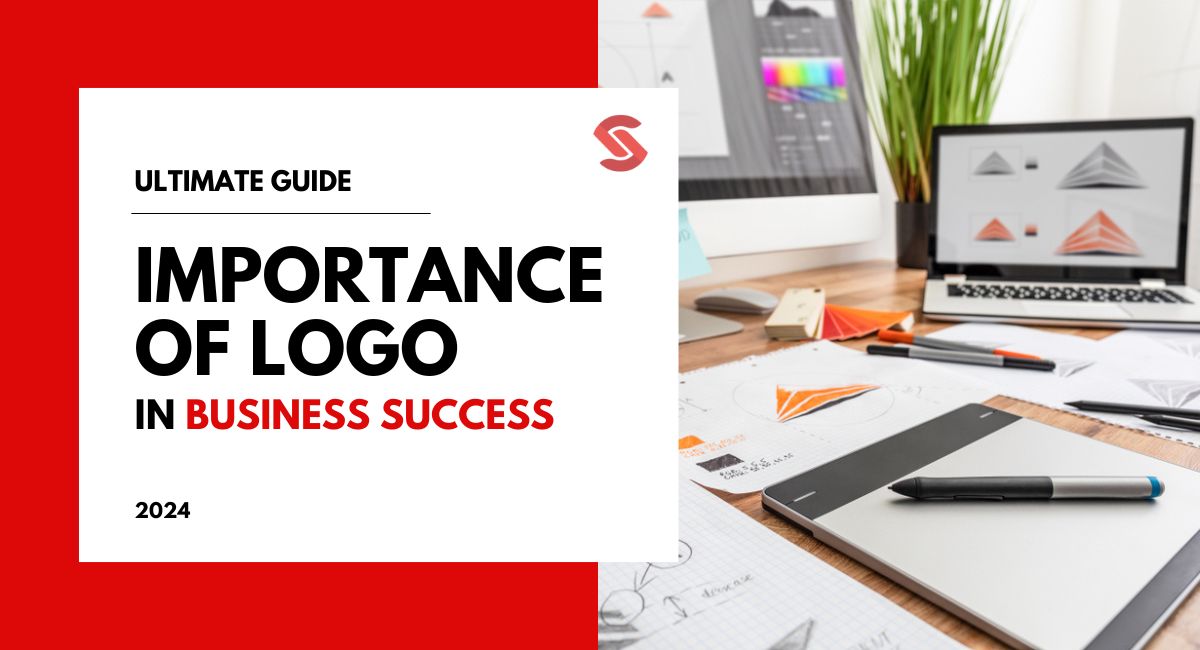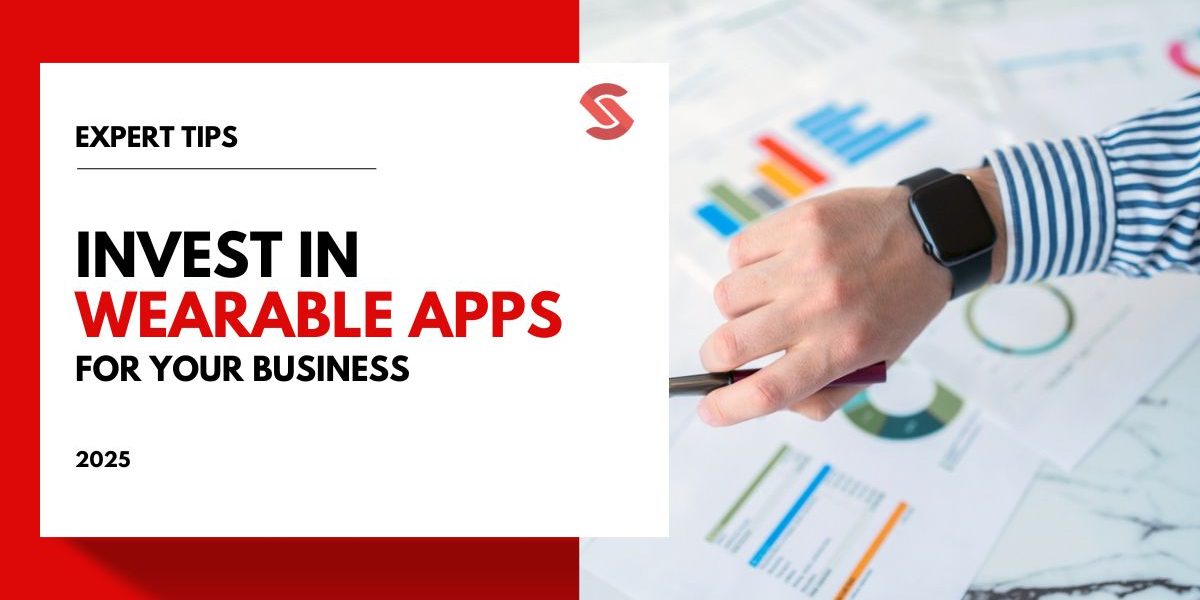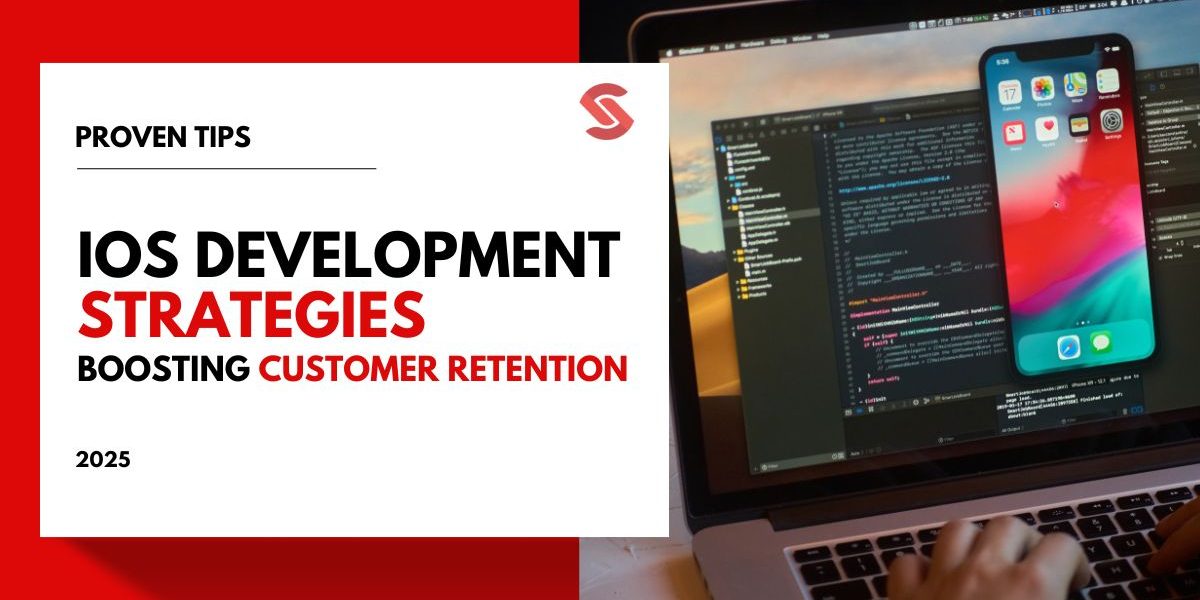A good logo is more than just an attractive graphic; it is the foundational face of your business, often making the first impression on your audience. This visual identity is pivotal as it sets the tone for customer interactions and expectations. A well-crafted logo makes your brand more memorable in a competitive market and reflects your core values and mission, laying the groundwork for customer loyalty.
In this blog, we will discuss everything about logos, from their significant role in enhancing brand recognition to their ability to charge your business with a sense of reliability and trust. Whether you’re a fledgling startup or an established enterprise, understanding the power of a good logo is crucial for building a successful brand identity.
9 Key Reasons Why a Good Logo is Crucial for Your Brand
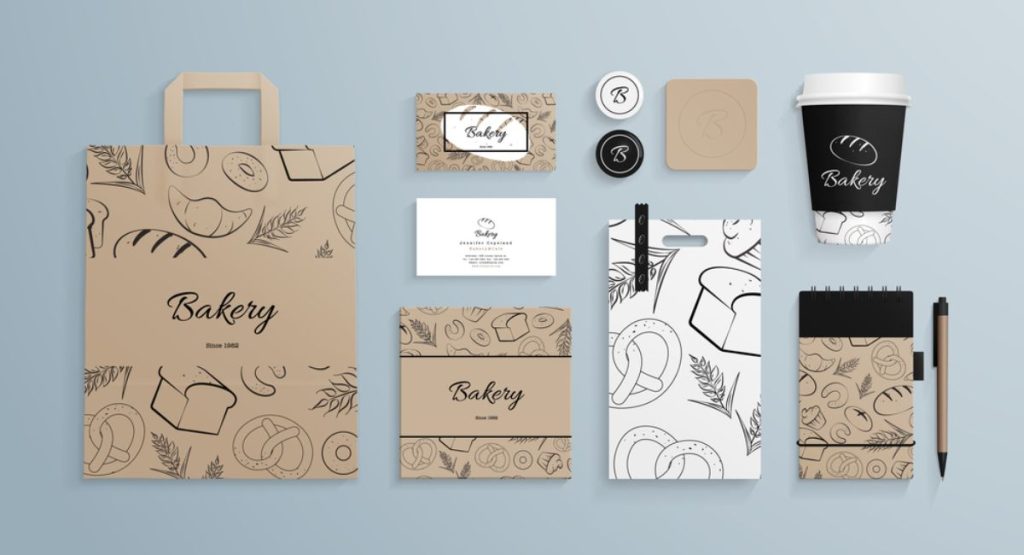
Understanding the impact of a well-designed logo is essential for any business aiming to establish a strong brand. Logos are the essence of brand identity, enhancing market visibility and influencing customer perceptions. They differentiate your business in a saturated market, foster brand loyalty, and communicate your core values effectively. Moreover, logos contribute to a professional brand image, support marketing efforts, and are integral to creating a cohesive customer experience across various platforms.
Here are 9 key reasons why good a logo is crucial for your business:
Captures Consumer Attention Quickly
A well-designed logo grabs attention almost instantly, which is vital in a marketplace saturated with visual information. Studies reveal that impressions are formed within 50 milliseconds, emphasizing the importance of a logo’s ability to engage viewers right away. An effective logo acts as a clear, inviting signal that draws potential customers in, encouraging them to learn more about what the brand offers. This rapid capture of attention is essential for differentiation and helps a business stand out in a crowded field. By making a strong visual statement, a good logo leads the way for successful brand recognition and fosters initial consumer interest.
Establishes a Strong Initial Impression
A logo often serves as the first point of contact between a brand and potential customers, making a powerful initial impression that can influence perceptions long-term. Psychological studies highlight that people form their first impression within milliseconds, and a well-crafted logo can shape this perception positively.
It sets the tone for the consumer experience, subtly conveying the brand’s quality, reliability, and ethos. This immediate impact of a logo can determine whether a customer decides to engage further with a brand or pass it by. Therefore, a strong, memorable logo is foundational in building trust and recognition from the outset.
Serves as the Cornerstone of Your Brand Identity
A logo is much more than just a graphic; it’s a fundamental component that encapsulates and communicates the essence of a brand’s identity. It integrates design with brand values and messaging, acting as a visual shorthand for the brand’s story and ethos. Research shows that consistent brand presentation across all platforms can increase revenue by up to 23%.
Furthermore, a well-designed logo can boost brand recognition by making it up to 80% more recognizable compared to textual brand names alone. This strategic use of logos ensures that a brand’s core message and values are effectively conveyed, helping to create a cohesive and powerful brand identity.
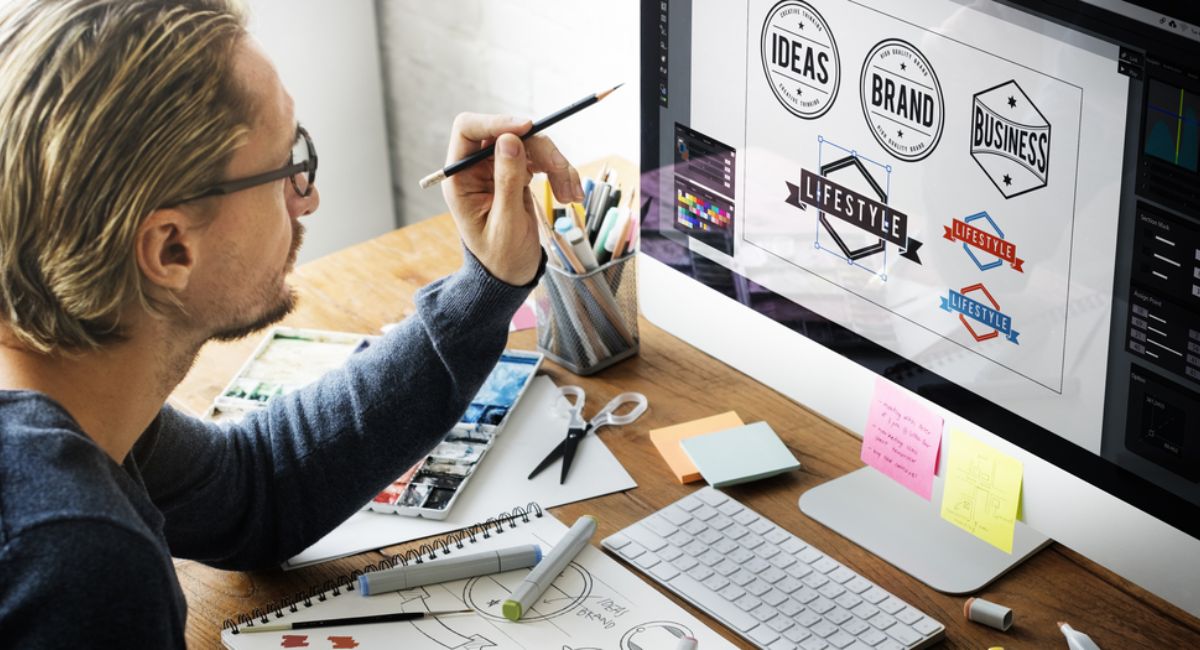
Build Your Brand Identity with Top-Rated Design Services
Enhances Brand Memorability
A memorable logo plays a critical role in enhancing brand recognition and aiding consumer recall. Studies suggest that memorable branding can increase consumer attention by 67%, helping brands to stand out in a saturated market. A logo that stays in the minds of consumers serves as a visual cue, reminding them of the brand’s values and offerings, ultimately enhancing the brand’s presence in the competitive marketplace.
Additionally, memorable logos contribute to higher recognition rates, with companies featuring distinctive logos being up to 80% more likely to be remembered by consumers, no matter if you are planning for personal branding or revamping your brand, a logo that creates an instant connection is all you need; this not only aids in brand differentiation but also fosters customer loyalty
Distinguishes You from the Competition
A logo that distinctly stands out can significantly enhance a brand’s competitive edge by clearly differentiating it from its competitors. The unique elements of a logo, whether it’s the choice of color, shape, or typeface; play a critical role in making a brand recognizable and memorable. For example, using a specific color combination or a unique symbol can establish a strong visual identity that distinguishes a brand in a crowded marketplace. Statistics indicate that brands with distinctive logos are more likely to capture customer interest and loyalty. This differentiation is not merely aesthetic; it’s a strategic tool that communicates a brand’s unique values and positions it for success.
Encourages Brand Loyalty
A well-designed logo plays a crucial role in fostering brand loyalty by serving as a constant reminder of the brand’s values and the customer’s experience with it. Consistent use of a logo builds familiarity, which in turn helps to cultivate customer trust, a fundamental component of loyalty.
Studies show that brands that maintain consistency in their visual identity can increase their customer loyalty by up to 23%. This emotional connection ensures that customers feel more attached to the brand, increasing their likelihood of returning. A familiar logo becomes a symbol of trust and quality, encouraging a lasting relationship with the customer.
Meets Market Expectations
Professional logos are essential in meeting the high expectations and standards set by various industries. Logo design services play a critical role in aligning brands with these market expectations, ensuring that logos not only look professional but also communicate the right message. In different industries, a logo that symbolizes professional standards can enhance a brand’s credibility significantly.
Research indicates that 75% of consumers expect brands to maintain a professional appearance, which includes having a well-designed logo. By meeting these expectations, companies not only satisfy customer perceptions but also position themselves strongly within their industry norms, thereby enhancing their overall market presence.
Facilitates Brand Consistency across Platforms
A consistent logo is key to maintaining a unified brand presence across all media and platforms, which is crucial for building brand recognition and loyalty. Logos emphasize the importance of a consistent visual identity as it ensures that customers receive the same brand experience, whether they see your logo online, on a billboard, or in product packaging.
This consistency helps solidify the brand’s image in the consumer’s mind, making it more memorable and trustworthy. Many brands lean on professional branding services to ensure their logo remains consistent across platforms. These experts have the know-how to craft a visual identity that resonates with your target audience and reflects your brand’s values.
Acts as a Tool for Brand Advocacy
Your logo isn’t just a symbol; it’s a potent tool for brand advocacy. When customers proudly display your logo on their merchandise or social media profiles, they transform into walking advertisements, actively promoting your brand to their networks. Research indicates that 92% of consumers trust recommendations from people they know.
By using your logo, customers become brand ambassadors, spreading awareness and fostering trust organically. Similarly, when stakeholders, such as partners or influencers, visually align themselves with your brand, it bolsters credibility and authority. In essence, logos serve as visual endorsements, empowering both customers and partners to authentically advocate for your brand.
Understanding the Elements of a Powerful Logo

A powerful logo is made up of several important elements that work together to influence consumer perception. These components include color, which can evoke specific emotions and convey brand values; typography, which impacts readability and brand personality; and symbols, which offer a visual representation of the brand’s core message. Each element plays a strategic role in crafting a logo that is not only visually appealing but also meaningful and effective in communicating with the target audience.
Here are 3 main elements:
Color Psychology: More than Just Aesthetic
Color psychology in logos goes beyond mere aesthetics, deeply influencing how consumers perceive a brand. Each color can evoke specific emotional responses and associations that are strategically leveraged in logo design:
- Red: Often associated with energy, passion, and urgency, red is frequently used to attract attention and stimulate action.
- Blue: This color is synonymous with trust, reliability, and calmness, making it a popular choice for financial institutions and healthcare companies.
- Green: Representing growth, health, and sustainability, green is preferred by eco-friendly and organic brands.
- Yellow: Bright and inviting, yellow evokes feelings of happiness and friendliness, ideal for brands wanting to appear accessible and cheerful.
- Black: Known for its sophistication and elegance, black is often used by luxury brands to convey a sense of exclusivity and high quality.
These colors, when used effectively in logo design, can significantly impact consumer emotions and brand perception.
Typography That Speaks: Conveying Brand Values
Typography in logo design is a powerful tool for conveying a company’s values and personality. The choice of typeface can communicate much about a brand’s character and target audience:
- Serif Fonts: Classic and traditional, serif fonts such as Times New Roman or Garamond suggest reliability and respectability. They are often used by brands that want to project an image of authority and professionalism.
- Sans-Serif Fonts: Clean and modern, sans-serif fonts like Helvetica or Arial embody simplicity and contemporary appeal. Ideal for brands looking to project accessibility and innovation.
- Script Fonts: Elegant and fluid, script fonts can convey creativity and individuality. They are typically employed by brands that want to appear luxurious, whimsical, or artistic.
- Display Fonts: Bold and unconventional, display fonts are used to grab attention and make a statement. These are perfect for brands that want to stand out and show off their unique personality.
Through these different typefaces, a brand can effectively express its values and connect emotionally with its audience.
Symbolism in Logos: The Power of Icons
Symbolism in logo design plays a crucial role in building a brand’s identity and ensuring its logo is memorable:
- Apple’s Apple: The bitten apple is one of the most recognized symbols worldwide, representing innovation and the forbidden fruit of knowledge, echoing the brand’s pioneering role in technology.
- Twitter’s Bird: This simple bird, named Larry, symbolizes freedom, the ability to communicate freely, and the expansive reach of social media.
- Nike’s Swoosh: This iconic swoosh represents motion and speed, reflecting the brand’s focus on athletic performance and its spirit of pushing limits.
- Mercedes-Benz’s Star: The three-pointed star symbolizes luxury and quality, but also the company’s drive toward perfection in every avenue, land, sea, and air.
- Target’s Bullseye: The simple red bullseye symbolizes precision and the idea of hitting the target in retail, suggesting customers will find exactly what they need.
- Shell’s Shell: The shell symbol has evolved but consistently represents energy and motion, reflecting Shell’s long-standing history in the energy sector.
These symbols not only enhance the visual appeal but also deepen the connection between the brand and its audience, making the logos memorable and meaningful.
Why Every Business Needs a Strong Logo
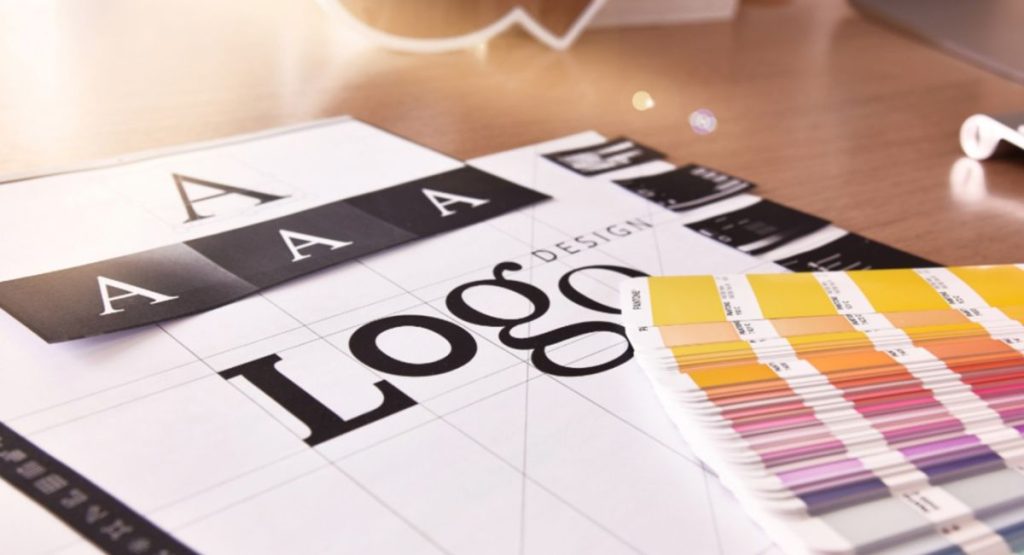
A strong logo is crucial for any business aiming to secure a competitive edge and achieve lasting brand recognition. In a market brimming with options, a distinctive logo helps a business stand out, making it more memorable to consumers. This visual mark acts as the face of a company, fostering recognition and trust with every glance.
Moreover, a well-designed logo can encapsulate a company’s unique selling proposition and core values, communicating these critical elements at a glance. This not only assists in differentiating from competitors but also plays a vital role in building customer loyalty. Customers who recognize and connect with a logo are more likely to return, reinforcing the business’s presence in their lives.
Designing Your Business Logo: A Step-by-Step Guide
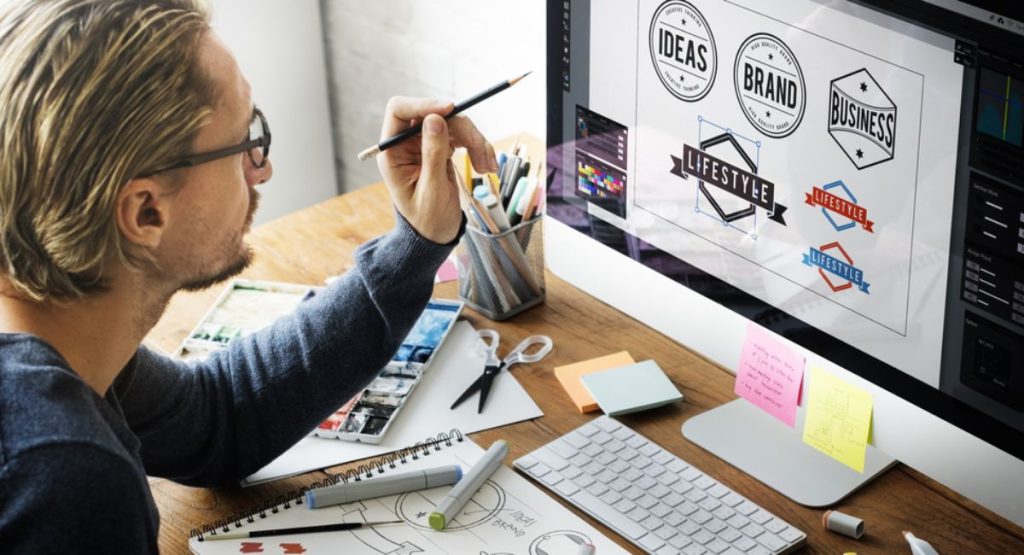
Planning your logo helps in allocating the budget for digital marketing by establishing a strong brand foundation. A well-designed logo enhances brand recognition, boosting the effectiveness of digital marketing efforts. With a clear brand identity, resources can be strategically allocated towards targeted online campaigns, maximizing ROI. Consistent branding across digital platforms reinforces brand loyalty, influencing budget allocation decisions.
This process combines creativity with strategic thinking to ensure the logo is not only aesthetically pleasing but also effective in conveying your business’s unique message. An effective logo serves as a crucial tool in building brand recognition and loyalty, making it a fundamental step in your brand strategy.
Let’s break down it into steps:
Understanding Your Brand
The first step in designing a logo for your business is to thoroughly understand your brand. This includes a deep dive into your brand’s core values, mission, and the audience you serve. By articulating what your brand stands for and how it wants to be perceived, you can shape the direction of the logo design. It’s crucial to pinpoint what sets your brand apart from competitors and to grasp the preferences and behaviors of your target audience. This initial understanding is essential for developing a logo that not only represents your brand accurately but also connects effectively with your desired customers.
Conceptualizing the Design
After establishing a strong understanding of your brand, the next step is to brainstorm and conceptualize the design of your logo. Engage in creative brainstorming sessions where you can freely generate ideas and visualize concepts. Utilize tools like mood boards and sketches to help bring these ideas to life and see how they align with your brand’s identity. Research shows that engaging in visual brainstorming can increase creative output by up to 50%. This exploratory phase is critical as it lays the groundwork for developing a logo that not only stands out visually but also embodies the essence of your brand effectively.
Choosing the Right Typography
Selecting the right typography is an important step in the logo design process and requires careful consideration of various typefaces. Professional designers often recommend analyzing different fonts to determine which best communicates your brand’s character and values. Typography can profoundly impact how your target audience perceives your brand; for instance, serif fonts might convey tradition and reliability, while sans-serif fonts can appear modern and approachable. Research indicates that the correct choice of font can increase brand recognition by up to 80%. Therefore, it’s essential to choose typography that not only looks aesthetically pleasing but also aligns perfectly with the message you wish to convey.

Let Our Designers Create Your Perfect Logo
Selecting a Color Scheme
Choosing the right color scheme is one of the main aspects of logo design, as colors can significantly influence consumer emotions and brand perception. When selecting logo colors, consider the emotional impact each hue can convey. For example, blue often evokes feelings of trust and stability, making it a popular choice in the financial sector, while red can stimulate excitement and urgency, commonly used in the food and entertainment industries. Studies have shown that color increases brand recognition by up to 80%. It’s essential to select a color palette that not only stands out in your industry but also aligns with the values and emotions you want your brand to embody.
Incorporating Symbols and Icons
Using symbols and icons effectively in your logo design can greatly enhance its impact and memorability. These visual elements serve as powerful shorthand, conveying complex brand messages quickly and simply. When choosing symbols, it’s hard to pick ones that represent your brand’s unique identity and core values.
Proper integration of these elements can significantly boost brand recognition, as they create a lasting visual association for consumers. For example, Apple’s use of a bitten apple to symbolize knowledge and innovation has made its logo iconic globally. Selecting meaningful and distinctive symbols can help your logo stand out in a competitive marketplace.
Refining and Finalizing the Design
Refining your logo design is a critical step in ensuring it effectively represents your brand. This iterative process involves making adjustments based on feedback from stakeholders and testing how the logo performs across various applications. It’s important to consider how the logo looks on different media, from digital screens to print, and in different sizes.
Studies show that consistent brand presentation across all platforms can increase revenue by up to 23%. Seeking feedback throughout the design process helps refine the logo to better meet the needs of the brand and ensures it resonates well with the target audience. Finalizing the logo after thorough refinement ensures it will serve its purpose effectively.
Future-Proofing Your Logo: Adaptation and Evolution
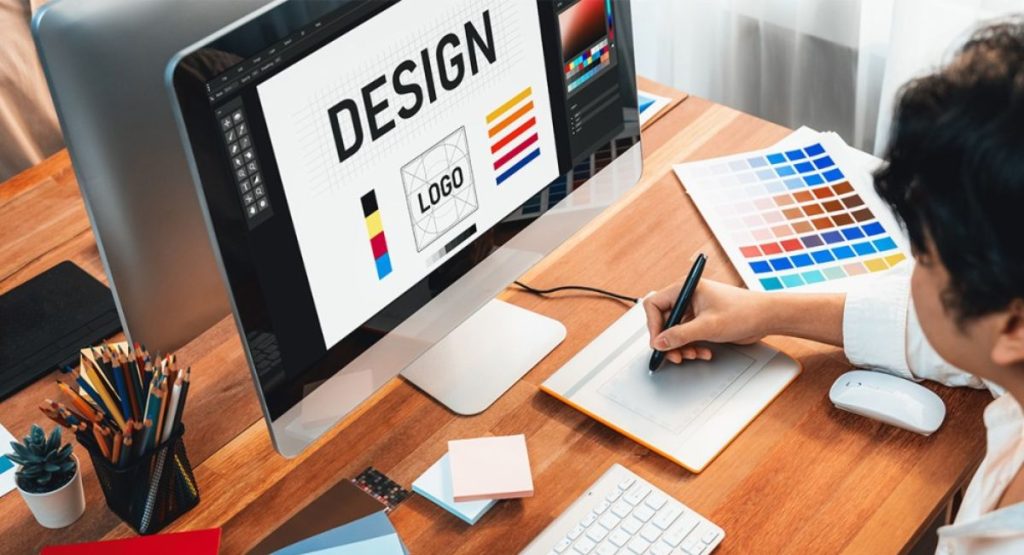
Ensuring your logo remains effective over time requires it to evolve along with your brand and market conditions. As your business grows and market dynamics shift, updating your logo can help maintain its relevance and appeal. Consider a logo redesign when your brand undergoes significant changes in strategy, target audience, or product offerings. It’s crucial to keep the logo aligned with current design trends while still preserving elements that embody the brand’s core identity. For the latest design trends and services:
- Behance: Showcases a wide array of creative logo designs.
- Dribbble: Offers inspiration from global design talents.
- Logo Lounge: Provides insights into trends and professional feedback.
Strategically updating your logo can rejuvenate your brand image, ensuring it continues to resonate well with your audience and remains competitive in the market.
Final Thoughts
In conclusion, the design of your logo plays a crucial role in establishing the visual foundation of your brand. Throughout this blog, we’ve explored the importance of understanding your brand, conceptualizing the design, selecting the right typography and colors, and incorporating meaningful symbols. Each step is integral to crafting a logo that not only stands out in the marketplace but also embodies your brand’s identity and values. A well-designed logo is a long-term investment that supports sustained brand success, reinforcing your market presence and fostering customer loyalty. Remember, a great logo is at the heart of every successful brand.

Make Your Brand Unforgettable with our Logo Design Services
FAQs about the Importance of Good Logos
1. How does a logo affect a company’s public perception?
A logo significantly affects public perception by visually representing the company’s ethos and quality. It sets expectations for customer service and product quality, embedding a brand’s reputation in the consumer’s mind.
2. Can a logo influence a customer’s purchasing decision?
Yes, a logo can strongly influence purchasing decisions by conveying a sense of trust and professionalism. A well-designed logo suggests a reputable, established company, encouraging customers to choose it over less recognizable brands.
3. Is there a connection between logo design and brand loyalty?
Yes, there’s a direct connection. A recognizable and appealing logo helps build brand loyalty by fostering a sense of familiarity. This familiarity breeds comfort and trust, which can keep customers returning and recommending the brand to others.
4. How important is logo simplicity for brand recognition?
Logo simplicity is crucial as it ensures that the logo is easily recognizable and memorable. Simple logos are often more effective because they are easier to process and recall, making them more likely to stick in a customer’s mind.
5. What role does a logo play in digital marketing?
In digital marketing, a logo serves as a cornerstone for brand identity across various platforms. It ensures brand consistency in emails, social media, and websites, enhancing professional appearance and increasing campaign cohesion.
6. How often should a business consider redesigning its logo?
A business should consider redesigning its logo when it undergoes significant changes, like shifts in strategy or market positioning, or when the design has become outdated. Keeping the logo modern and relevant helps maintain its appeal to current and new customers.
7. Does a logo need to reflect the industry of the business?
While not mandatory, a logo that reflects its industry can quickly communicate what the business does, enhancing immediate understanding and relevance in the eyes of potential customers.
8. What impact does logo color choice have on consumer emotions?
Color choice in logos can dramatically affect consumer emotions, evoking feelings ranging from excitement and passion to trust and calm, depending on the hues used. These emotional impacts can influence consumer behavior and brand perception.
9. Why should a small business invest in a professional logo design?
Investing in a professional logo design is crucial for small businesses as it helps establish credibility and compete effectively with larger companies. A professional logo signals to potential customers that the business is serious and trustworthy.
10. How does cultural context influence logo design?
Cultural context can greatly influence logo design, as symbols, colors, and styles hold different meanings across cultures. Understanding these nuances is vital to ensure the logo resonates appropriately with the target audience globally.
11. What are the risks of a poorly designed logo?
A poorly designed logo can misrepresent a business, deter potential customers, and cause confusion in the market. It may also convey a lack of professionalism, negatively affecting customer trust and business growth.
12. Can a good logo alone guarantee business success?
While a good logo is a powerful tool, it alone cannot guarantee business success. It must be part of a broader strategic brand management process that includes excellent customer service, effective marketing, and consistent brand values.

